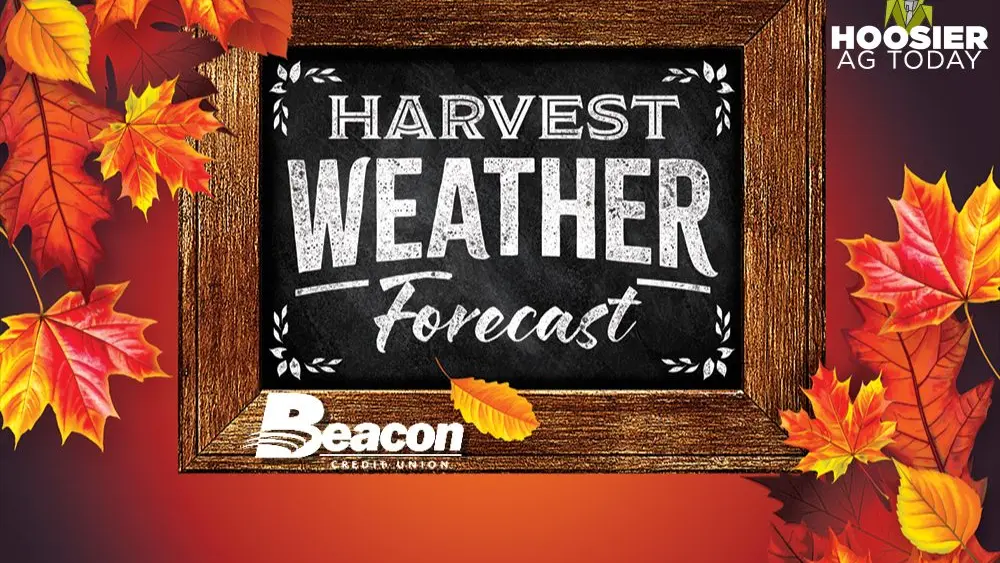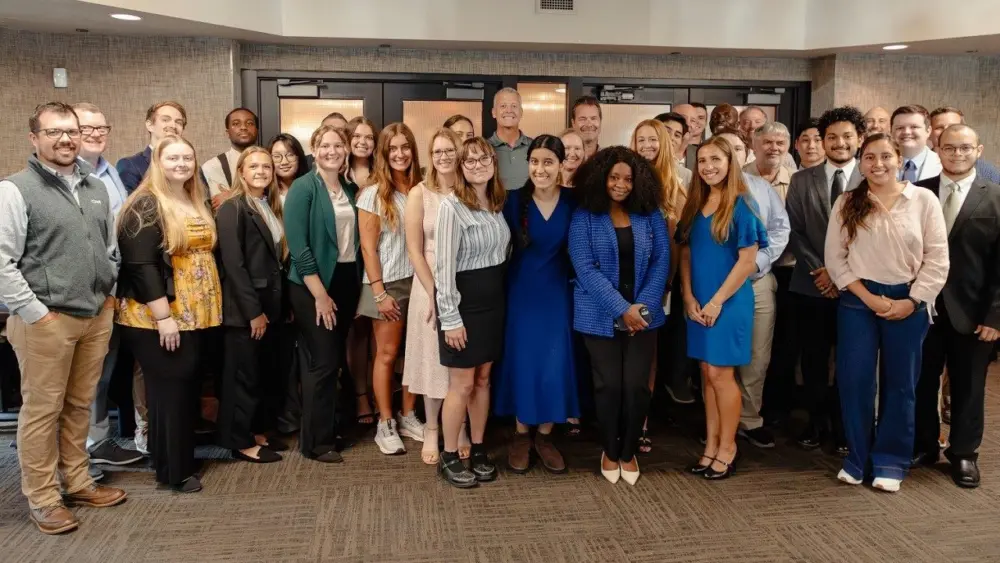
Whether you feed a total mixed ration throughout the year or are preparing for summer grazing, you can take a proactive approach to livestock nutrition with feed and forage testing.
Justin Waldrip works in Feed and Forage Technical Support and Sales for SureTech Laboratories in Plainfield. He says that feed and forage sampling can help shape your feeding or grazing program.
“A livestock producer should test forage just because it’s good to know what you’re feeding your animals. I think it can save you some money as well as being able to let you allocate your forages to based on your animals’ needs.”
Alfalfa and corn silage are the two most popular feed and forage samples SureTech analyzes. The lab also tests soil, manure, tissue, fertilizer, and water.
Waldrip says after sending a sample to a certified lab, you’ll receive a detailed report.
“It’s going to have your dry matter analysis as well as your as-tested. So you’ll get your fibers, fats, moisture. The customer can also request digestibility data, as well as we do provide some reference materials based on like nitrates, with some ranges for folks.”
Once you’re ready to interpret those results, you can talk to several different specialists for assistance.
“Talking with a nutritionist that you trust, I think that can be a resource prior, you know, to interpret some of those. I do some interpreting here at the lab, very basic stuff. But I think a nutritionist is a good approach. Extension and/or university would be a good approach as well.”
And feed and forage testing isn’t only for planning out your feeding program. Waldrip says that testing also can be a proactive approach to preventing problems.
“One of the things that I think the livestock industry has been very reactive in the past, you know, trying to find the problem once the animals either down in or dead, where I think testing can be a proactive approach to prevent problems before they do become a problem, a much more expensive problem.”
Click below to hear the full report. To find a testing lab near you, visit foragetesting.org.




